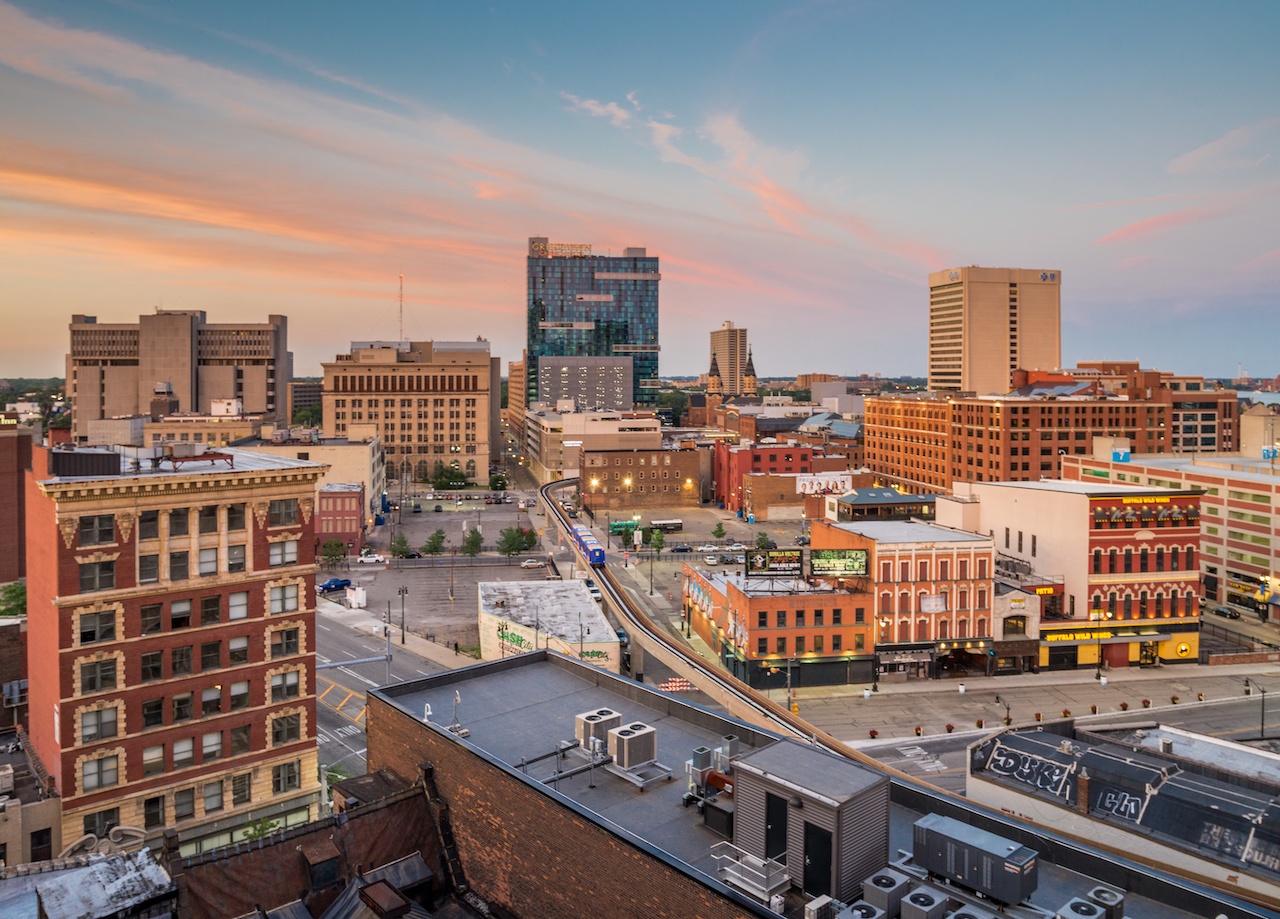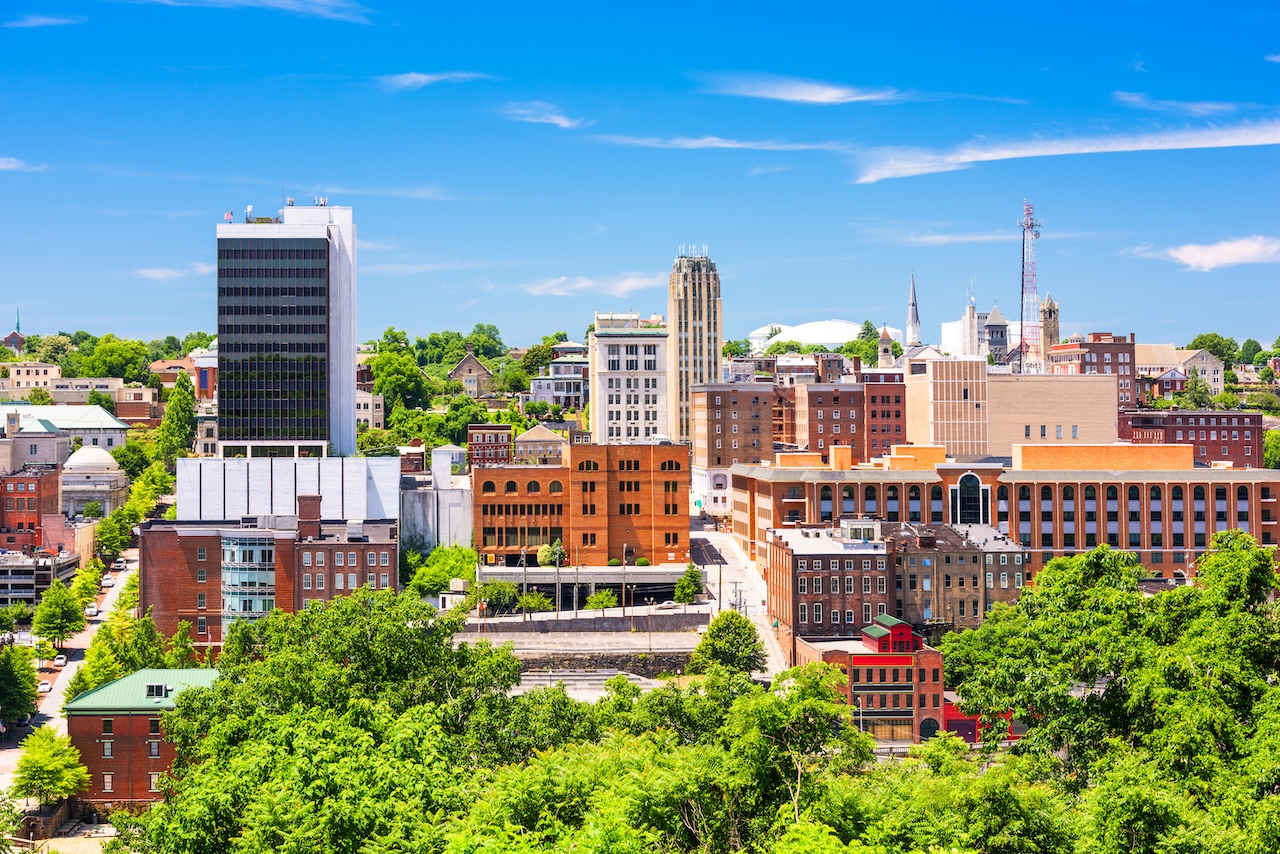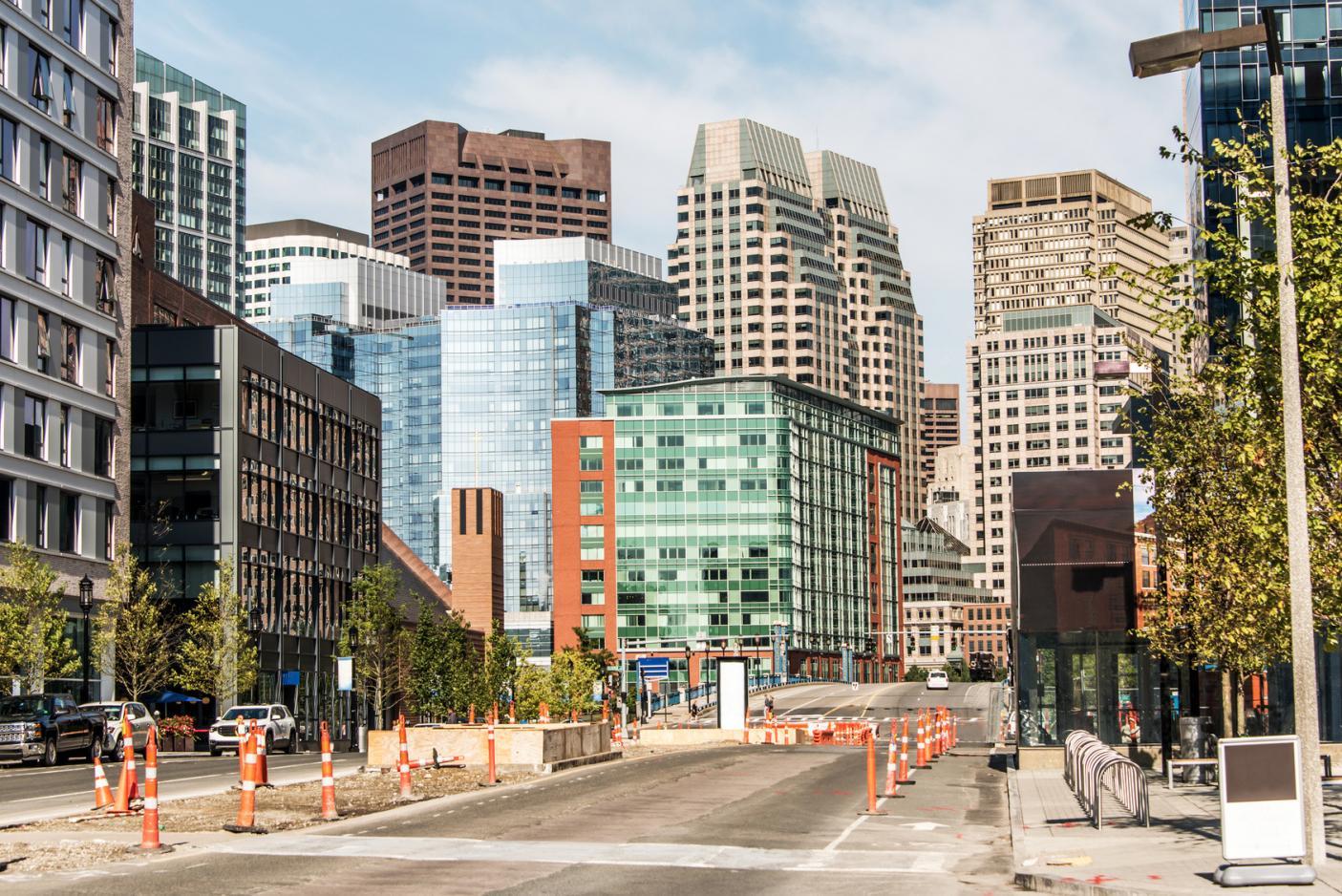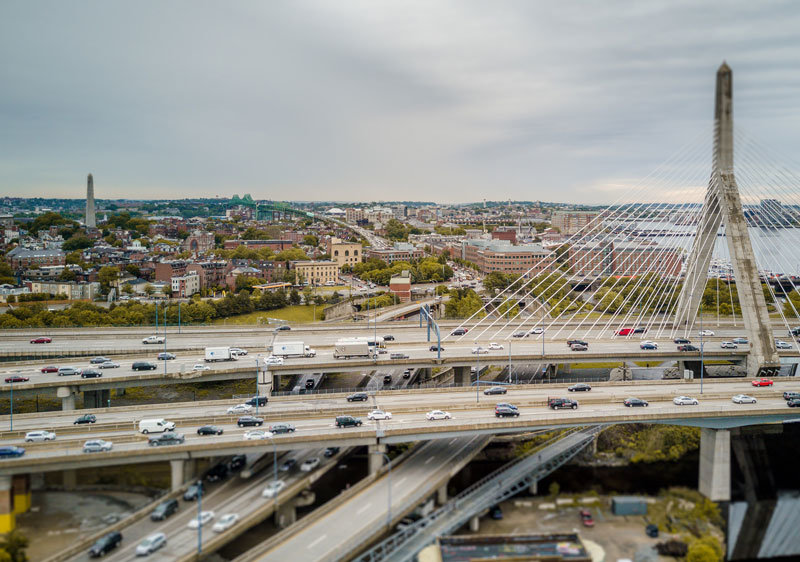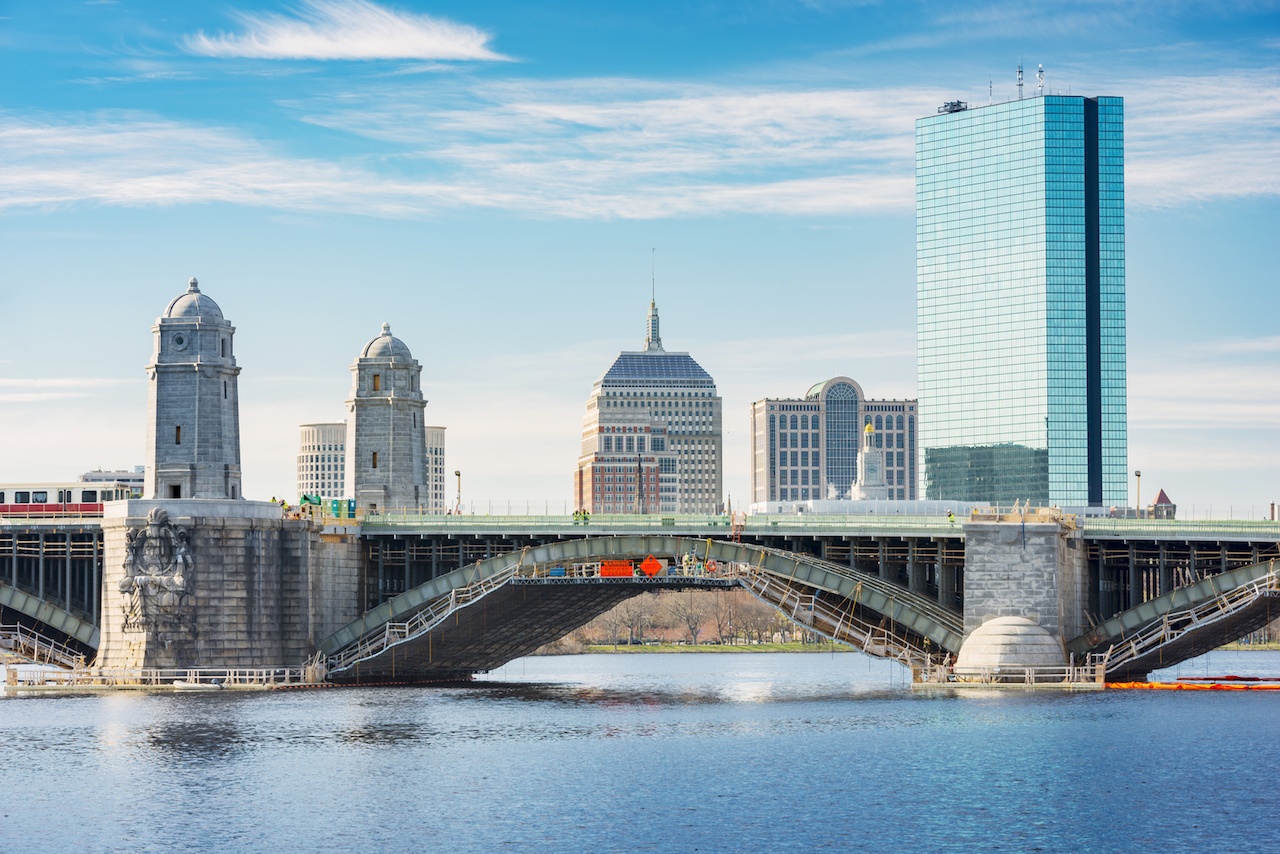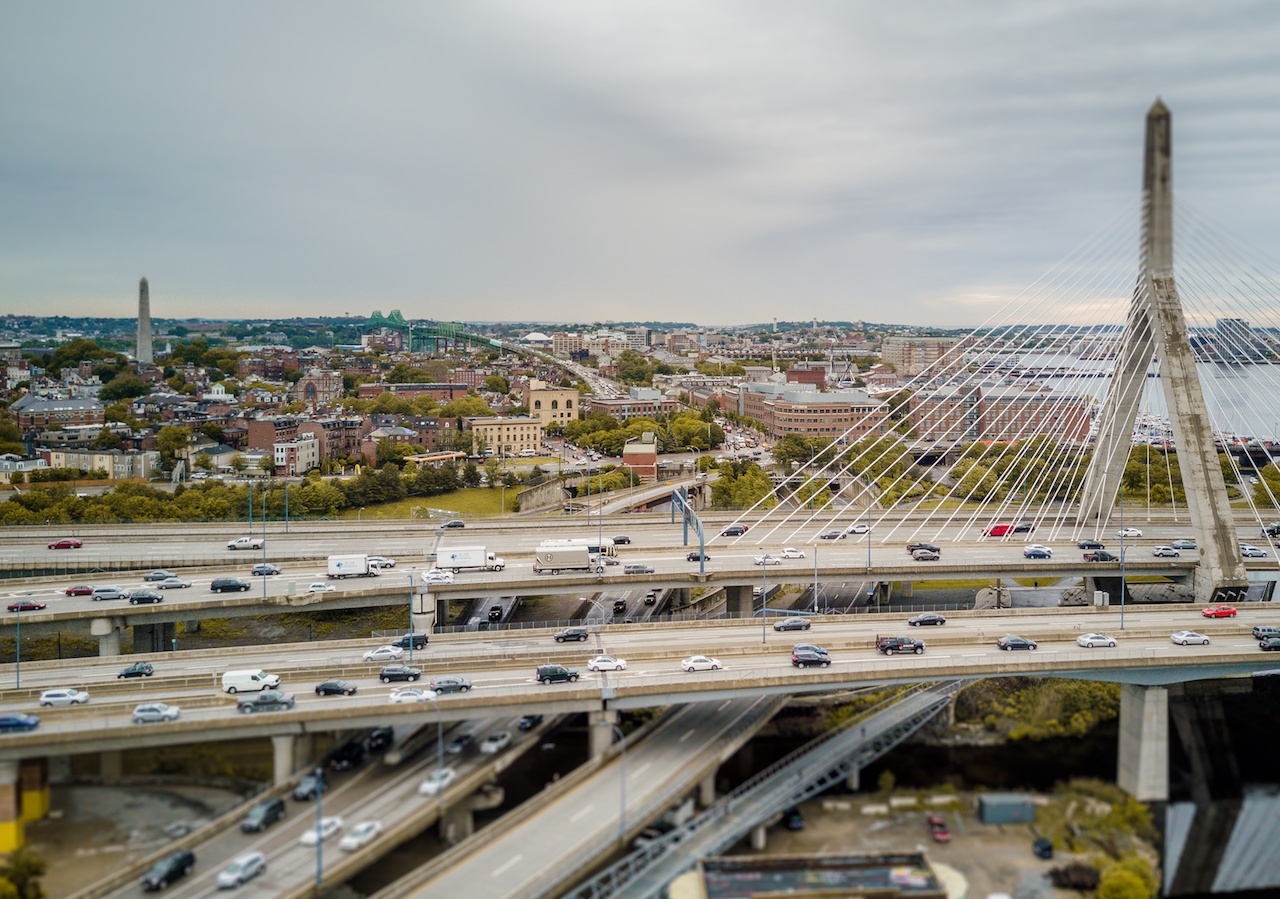CommonWealth Series
How Gen Z Impacts Urban Mobility
New mobility culture calls into question the commute and opens new options for city planning and commute patterns. Our study found almost two-thirds of Gen Z consumers would be willing to accept a longer commute in a self-driving vehicle. While the single driver commuter experience is generally perceived as bad, unhealthy, and stressful, the “we” commute of mobility culture could be a positive and healthy experience similar to today’s train commutes.
Showing Results Will Win More Funding for Transit Projects
TDM, when employed, works. TDM agencies around the country use a treasure’s trove of strategies to get people out of cars and onto trains, buses, and bikes, which is something that has to happen if we don’t want our roads to become unusable due to traffic and environmental congestion.
But one major problem with the practice of TDM is that it has had a hard time making the case that it is a cost-effective alternative or at least add-on to big infrastructure projects. It seems pretty obvious that teaching people, educating them, about how to use our systems will make those systems run more smoothly. But there has never been a great way to back up that assumption with hard numbers.
4 Ways Cities are Adopting Mobility as a Service
Has the future of mobility arrived yet? Of course, we haven’t reached our final destination, but there are reasons to feel good about our overall progress. A couple cities have made great strides toward the end goal of MaaS, and their successes should serve as examples to other urban areas and regions considering their own next steps.
Commuter Rail as a Core Interconnected Mobility Service
Whether you live in the Worcester area or the North Shore, in Walpole or Weymouth, when you think about the Massachusetts Bay Transportation Authority (MBTA) Commuter Rail, we tend to have the same thing in mind: going to work in Boston, with trains feeding into two...The Transportation Equity Conundrum: Improving Mobility Without Displacement
This is uncharted territory for most transportation advocates and planners. A strategy that couples transit investments with upzoning, affordable housing creation, tax incentives and tenant protections requires collaboration among transit advocates and planners with housing experts, and municipal and metropolitan planning agency staff.
For Walkers, The Last Six Inches are Important
It is no surprise to those of us in the walking advocacy world that making bus stops accessible and linked to neighborhood sidewalks can increase bus ridership and reduce the number of para-transit trips that are called for. This is a logical outcome of thinking about how people make real life choices about how to get around. What this research demonstrates is an amazing win-win-win for walking and transit advocates. It shows how we can shift trips from autos to transit; give more people more independence by making it possible for them to use regular bus service rather than setting up special, scheduled para-transit trips (some of which require appointments to be made at least 24 hours in advance and only for specified purposes); and save money for transit systems over the long run.
Regulatory Reset Needed on Uber, Self-Driving Cars
Advocates for better public transportation and sustainable mobility need to bring imagination, courage, and determination to our work every day. Technology and business model innovation disruptions will not cease. Those who think that, like King Canute, they can hold back the tide will soon find themselves washed away by the relentless advance of modernity. The question for sustainable mobility advocates is whether that tide will also erode public transportation ridership to dangerously low levels, and whether 20th century auto-centric models that pass for 21st century mobility innovation will ultimately degrade, or at least frustrate our ability to improve, our quality of life. We are challenged as never before to think and act creatively.
TNCs Existential Threat to Public Transportation
It is more than ironic that well into the 21st Century, the one great disruptive change in personal mobility is built upon the increased use of the internal combustion engine. Transportation Network Companies (TNCs) such as Uber and Lyft have become major players in the provision of personal mobility, primarily in urban areas. The problem with TNCs – and I say “problem” because it relates to what I perceive as their most negative impacts – is the essential auto-centric nature of the industry.
A Question of Access: Shifting the Transportation Conversation
Relative to most U.S. cities, Boston and the core municipalities that surround it have a rich eco-system of transit options: four subway lines, over 150 bus routes, an extensive commuter rail system, ferry service, a growing network of bike lanes and paths, and a multi-jurisdictional bike share with over 200 docking stations. Yet these resources are spread unevenly across the area with previously red-lined neighborhoods still lacking the services that other parts of the city rely on. Meanwhile, traffic on the highways that lead into the city is legendarily congested, proving not that we need more roadways but that more transit capacity and reliability is needed to provide people with transportation choices that they can rely on in lieu of their personal cars, and particularly if switching away from private vehicles leads to lower emissions.
How a Non Profit Roundtable Turned into a Smart City Pilot Project
The field of transportation planning needs new blood. We need new thoughts, new approaches. The traditional methods of policymaking are not working because, as already stated, we are not engaging the public in a sufficient or sufficiently meaningful way. We are also not sufficiently engaging other industries, which means that we are not inviting our traditional ways of thinking to be challenged. We need to overcome this insularity by creating policymaking contexts that bring together elected and appointed officials, diverse members of the public, and cross-industry experts.
Bus Stops and the Future of Digital Placemaking
As two officials of a distressed public agency facing down the consequences of a long history of underinvestment, we are acutely sensitive to the need to get things done on a budget. We are also technologists, which brings us to the idea and potential of digital placemaking for mobility infrastructure: the repurposing of web, mobile and other software and hardware tools to bring new value to the places around the physical nodes and artifacts of the transit system.
Digital tools are often limited to a public engagement role in placemaking. We believe that they can play an important role in transit agency efforts to make its physical infrastructure work better for people.
Transportation Communications: No One Told Me It Would Be This Hard
As the leader of a transportation agency, there is no shortage of people ready to tell me how technology is going to revolutionize the way we do business. Autonomous vehicles, on-demand sensors, drone-based package delivery, solar-powered roads, road-straddling super-buses (that one turned out to a bust); it’s a veritable cornucopia of real and not-so-real revolutions. And within that world of technophiles, there’s a subset waiting to tell me (and you) about how wireless communications will underlie and enable all of those revolutions to our transportation systems. As with so many things in life, they’re totally right, and yet it’s so much more complicated.

